Description
Technology is essentially the application of scientific knowledge to solve practical problems, improve processes, and create tools or systems. It can encompass everything from simple machines to complex digital systems. Here’s a basic breakdown of how technology works:
### 1. **Understanding the Core Principles**
Every technology is based on certain core scientific principles, like physics, chemistry, biology, or mathematics. These principles govern how things work, from the mechanics of a lever to the algorithms driving artificial intelligence.
### 2. **Design and Development**
– **Problem Identification:** The first step in creating technology is identifying a problem or need. This could be anything from improving transportation to enhancing communication.
– **Research & Ideation:** Scientists, engineers, and developers brainstorm and research solutions based on existing knowledge. This phase involves a lot of experimentation and creativity.
– **Prototyping:** Once a solution is conceptualized, a prototype or model is built. This is often a simplified version of the technology used for testing.
– **Testing & Iteration:** The prototype is tested, and the results are used to refine the design. This may involve modifying materials, improving functionality, or optimizing efficiency.
### 3. **Production and Manufacturing**
Once a design is finalized, the technology is manufactured. This can involve:
– **Raw Materials:** Technology is built from basic materials, like metals, plastics, and semiconductors.
– **Assembly Lines:** Components are put together using specialized equipment, ensuring consistency and scalability.
– **Quality Control:** Every product undergoes checks to ensure it works as intended and meets safety standards.
### 4. **Functionality and Operation**
Technology works through various mechanisms, whether it’s electrical signals, mechanical movements, or chemical reactions. The way these mechanisms are controlled, integrated, and optimized depends on the type of technology:
– **Mechanical Technologies:** Tools like levers, pulleys, and gears work by using forces and movements.
– **Electronic Technologies:** Devices like smartphones and computers rely on electrical signals to process and store information.
– **Digital Technologies:** Software, including apps, websites, and AI systems, operate through coded instructions, or algorithms, which tell machines how to process data.
### 5. **Feedback and Improvement**
– **User Feedback:** After technology is deployed, users provide feedback on its performance. This helps developers make improvements.
– **Updates and Patches:** In the case of digital technologies (like software), developers often release updates to fix bugs or improve features.
### 6. **Integration with Other Technologies**
Modern technologies are rarely isolated. They often work in tandem with other systems. For example:
– **Internet of Things (IoT):** Devices like smart thermostats and fitness trackers communicate with each other and central systems through the internet.
– **Cloud Computing:** Technology that allows data to be stored remotely on servers and accessed via the internet.
– **Artificial Intelligence and Machine Learning:** AI systems are designed to process data, recognize patterns, and make predictions, often improving their performance as they are exposed to more data.
### 7. **Continuous Evolution**
Technology evolves rapidly, driven by ongoing research, new discoveries, and innovations. As new technologies emerge, they often build upon or replace older technologies, leading to exponential progress in fields like computing, healthcare, and energy.
#### Examples:
– **A Smartphone:** Inside a smartphone, multiple technologies work together: touchscreens (capacitive technology), processors (semiconductors), wireless communication (radio waves), and software (apps and operating systems).
– **Self-Driving Cars:** These use sensors (like LiDAR and cameras), AI (for interpreting data and making decisions), and machine learning (to improve performance over time).
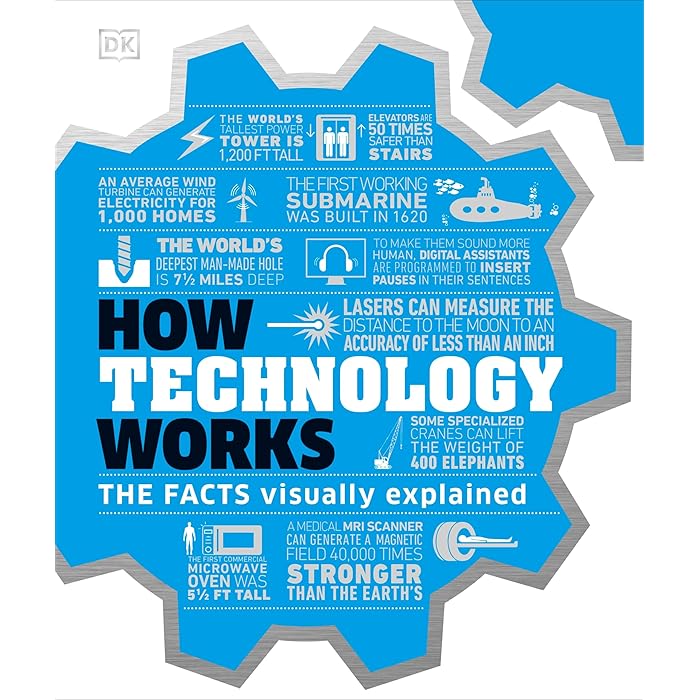
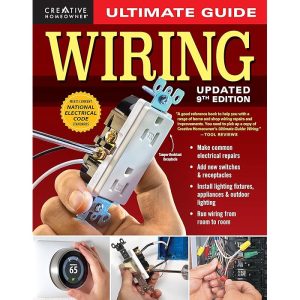

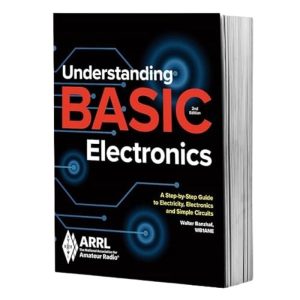
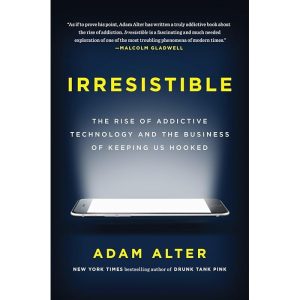
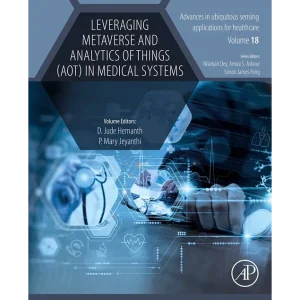
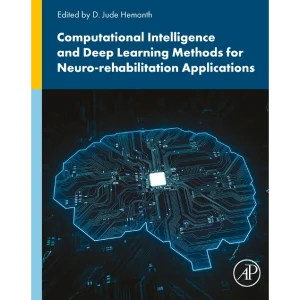






Reviews
There are no reviews yet.